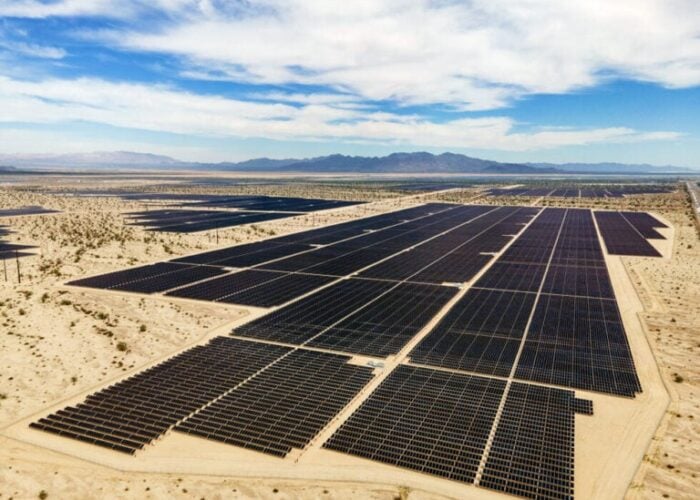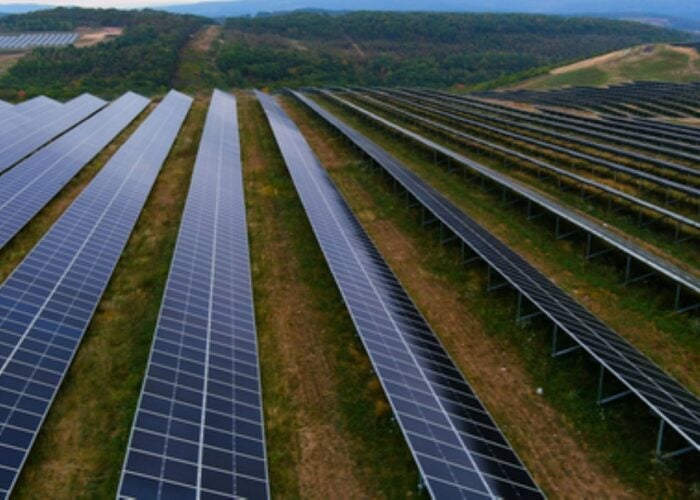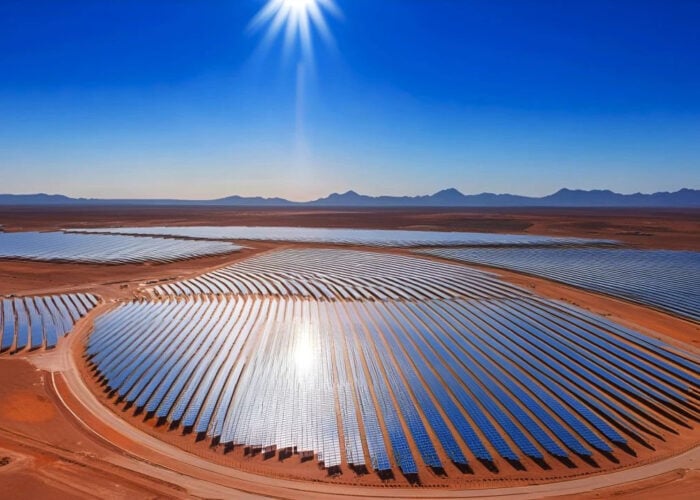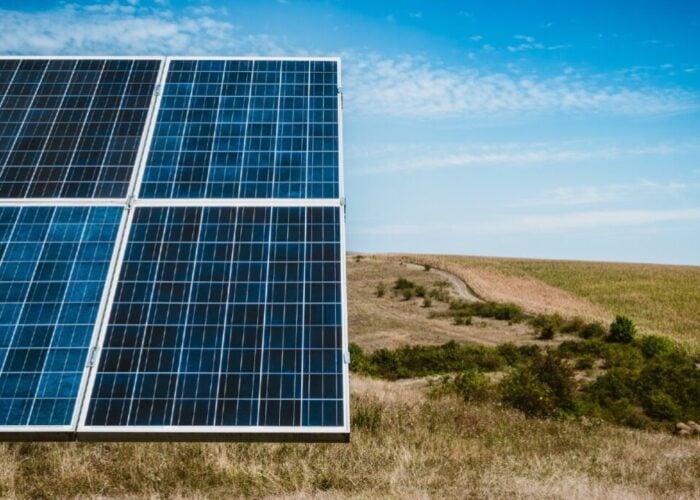Product Briefing Outline: Varian Semiconductor Equipment Associates (VSEA) has entered the solar cell processing market with a specifically developed ion implanter, dubbed the Varian Solion. The implanter is based on Varian’s dual-magnet ribbon beam implant architecture and VIISta platform, used in the semiconductor industry. The company claims the tool enables the manufacture of high efficiency silicon solar cells through superior P-N junction formation while lowering the cost per watt through process simplification by eliminating PSG clean and edge isolation steps.
Problem: Solar cells may require doping to improve efficiency. This doping may either be blanket doping of the entire solar cell surface or selective doping where only specific areas of the solar cell surface are doped. In the past, solar cells have been doped using a dopant-containing glass or a paste that is heated to diffuse dopants into the solar cell. The process, however, does not provide sufficient precision to allow selective doping of the various regions of the cell. Moreover, if voids, air bubbles, or contaminants are present, non-uniform doping may occur during blanket doping.
Try Premium for just $1
- Full premium access for the first month at only $1
- Converts to an annual rate after 30 days unless cancelled
- Cancel anytime during the trial period
Premium Benefits
- Expert industry analysis and interviews
- Digital access to PV Tech Power journal
- Exclusive event discounts
Or get the full Premium subscription right away
Or continue reading this article for free
Solution: Ion implantation is a technique for introducing conductivity-altering impurities into a substrate. A desired impurity material is ionized in an ion source and extracted. The extracted ions are then manipulated into an ion beam and accelerated to a prescribed energy, and directed toward the substrate and implanted. After annealing the substrate the ions are disposed in the substrate's lattice to form a region having a desired conductivity. Solar cells could benefit from ion implantation as it allows precise doping of the solar cell and enables selective doping. Selective doping of solar cells, however, may require a certain pattern of dopants of that only certain regions of the solar cell substrate are implanted with ions. Doping may improve cells where a surface of the solar cells includes a grid of conductors that collect photocurrent. Increasing the dopant dose under these grid lines will reduce the series resistance and increase the solar cell efficiency.
Applications: Enables the manufacture of high efficiency silicon solar cells through superior P-N junction formation. Substrate may be a single crystalline, polycrystalline, microcrystalline, or amorphous substrate, or a micro-porous substrate requiring precise and selective doping.
Platform: Solion is based on the VIISta single wafer platform using dual-magnet ribbon beam implant architecture and includes a proprietary Precision Patterned Implant (PPI) technology which enables junction engineering.
Availability: July 2010 onwards.






